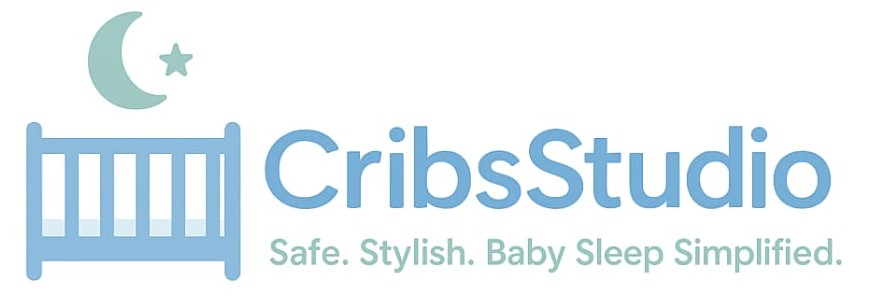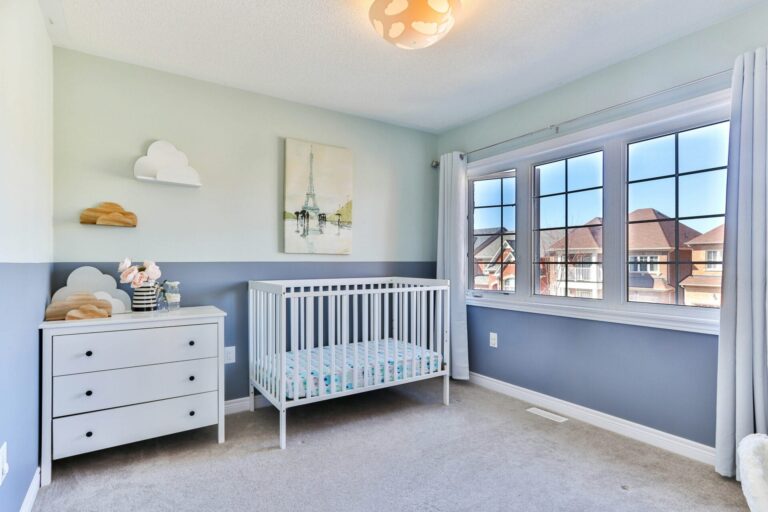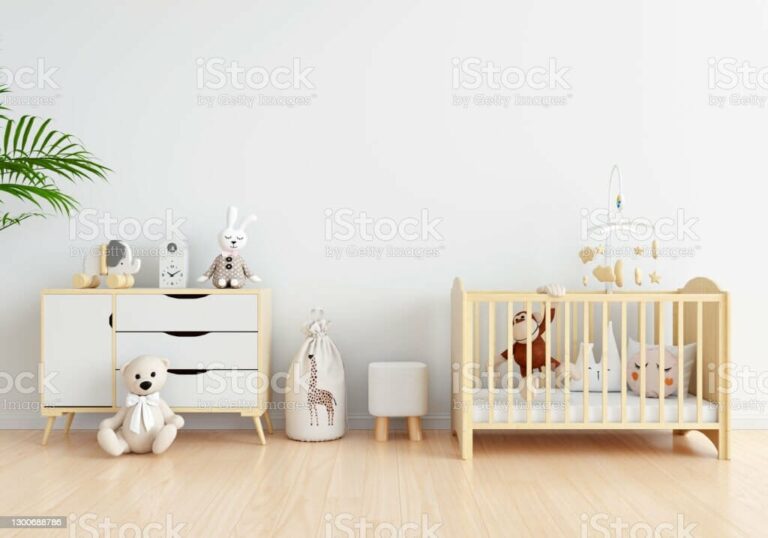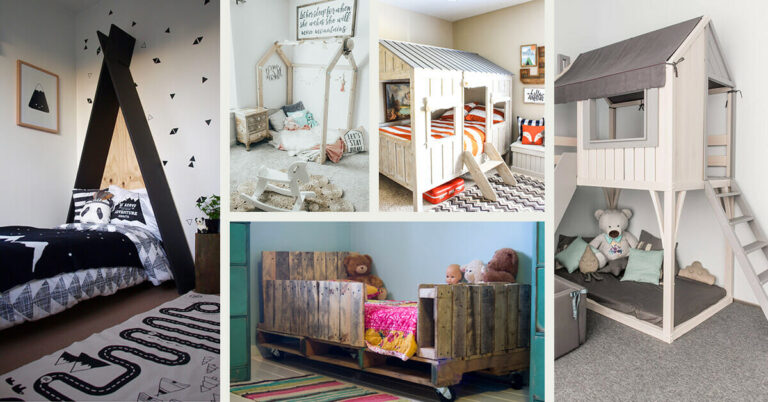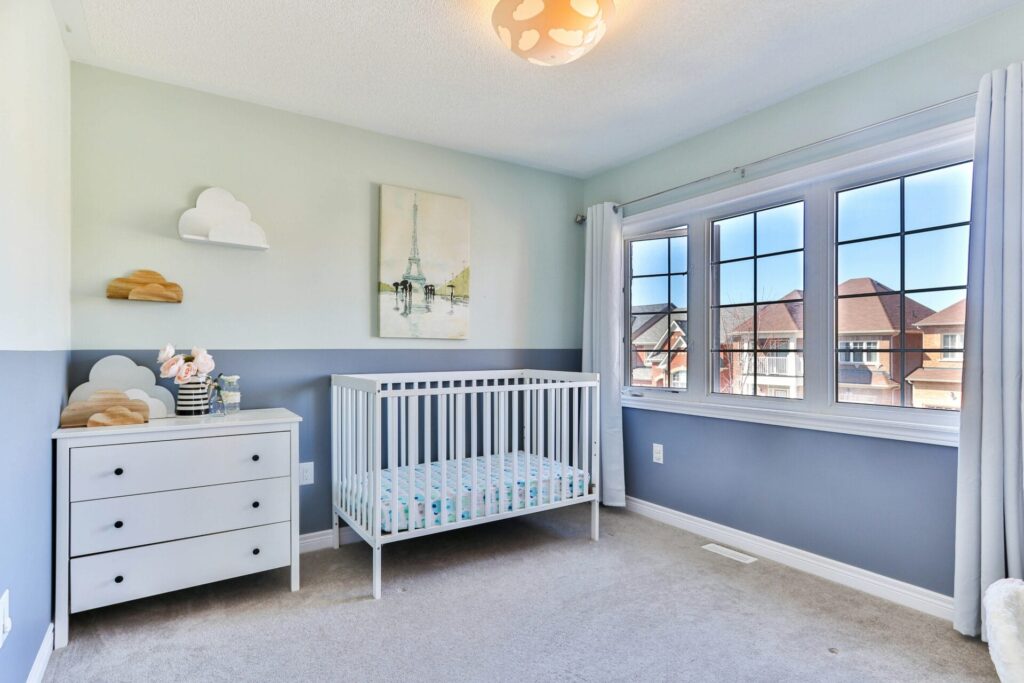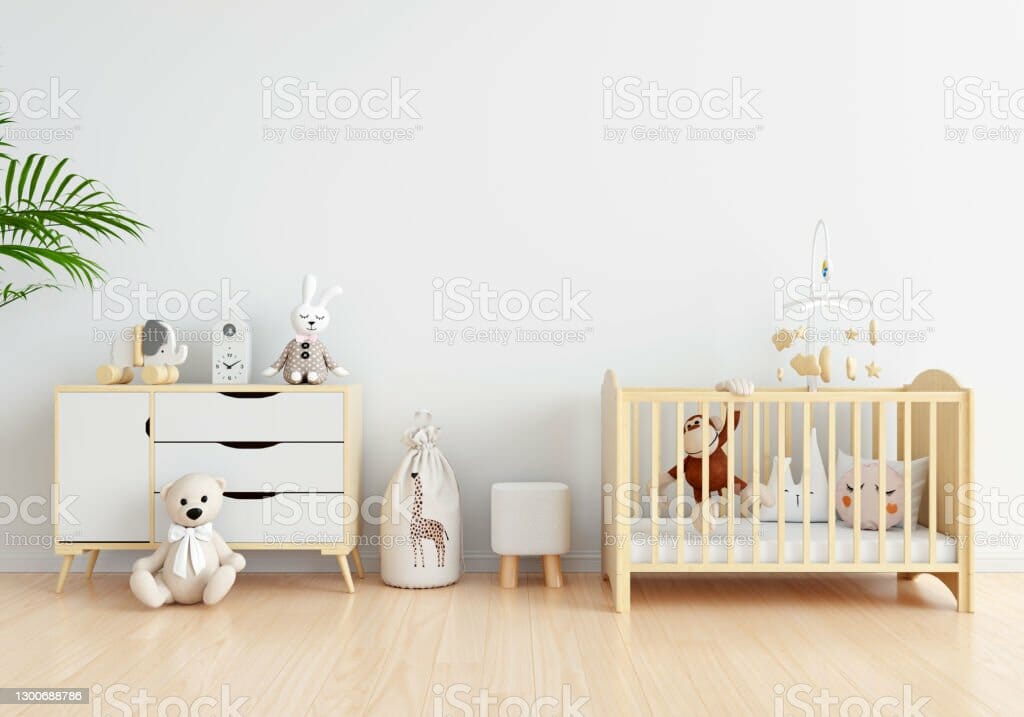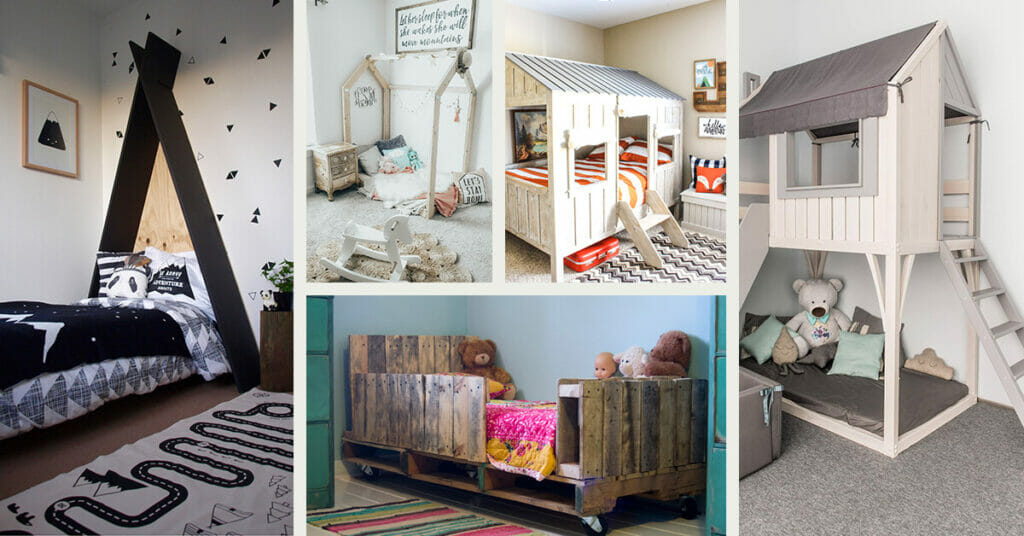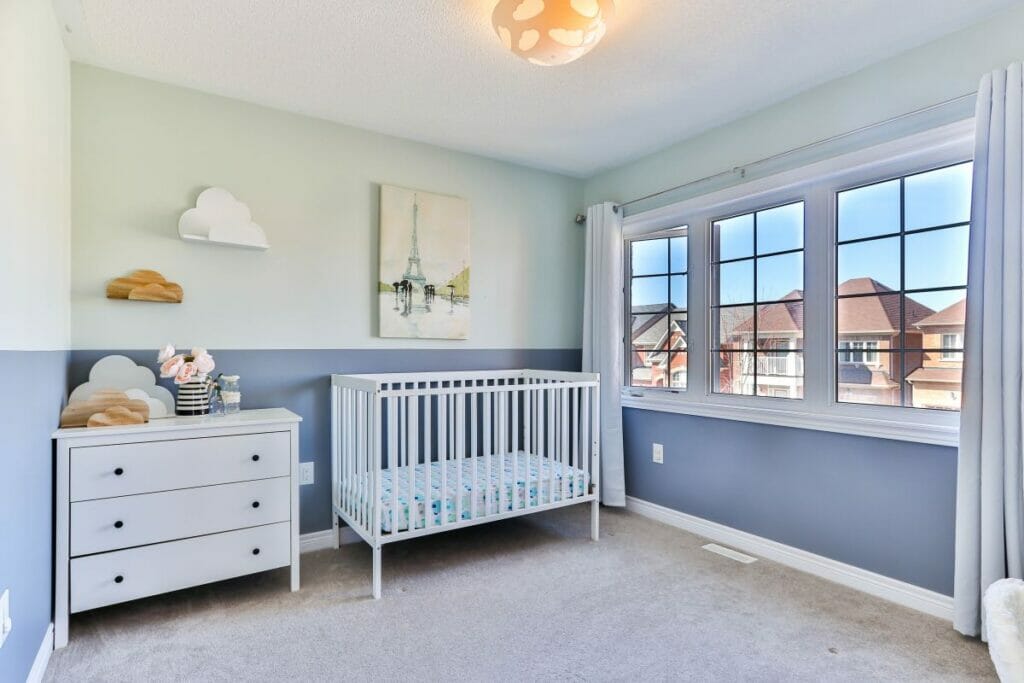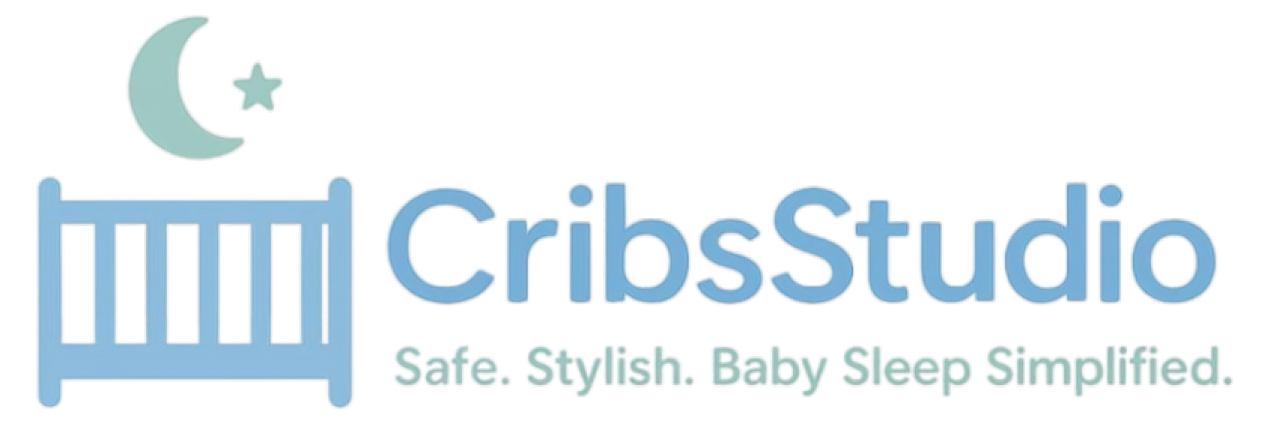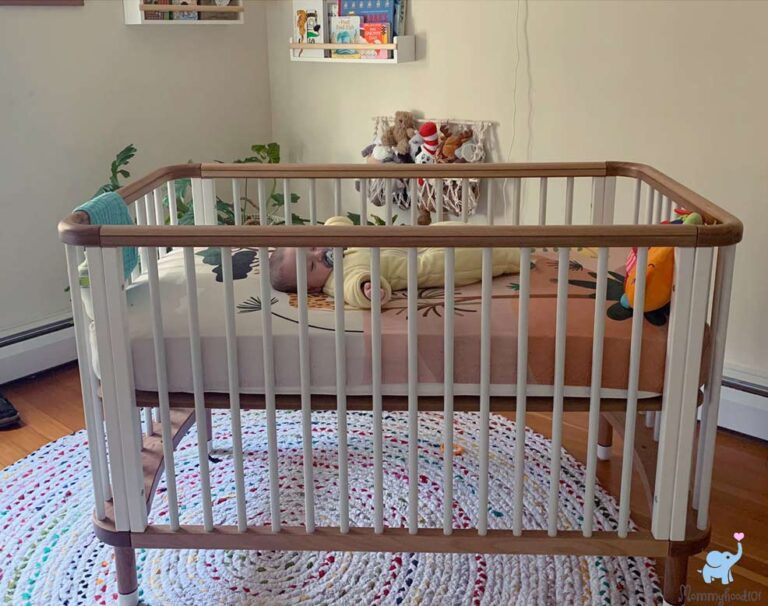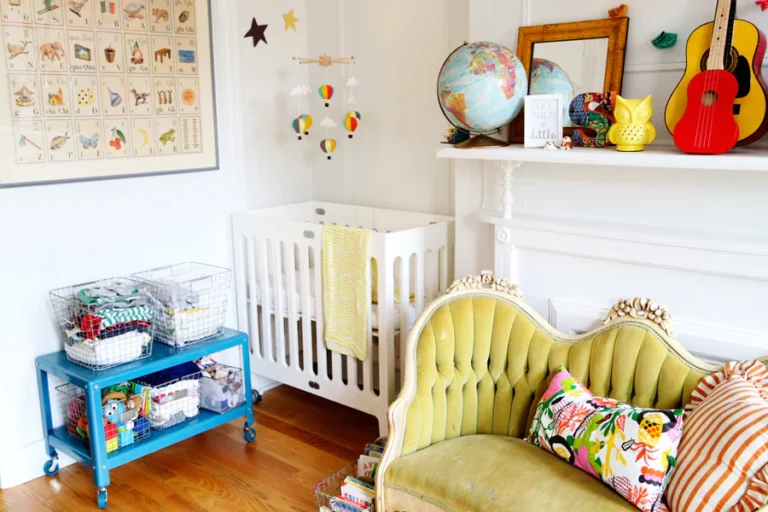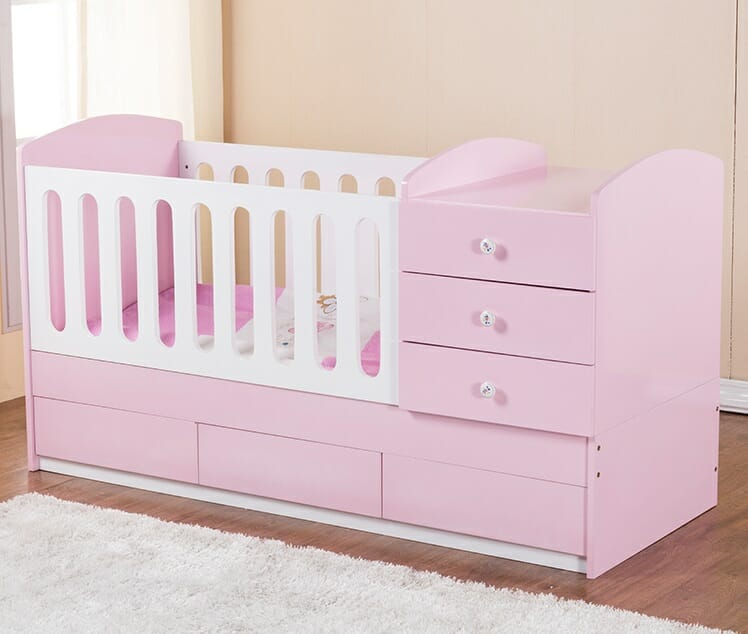Introduction
When it comes to preparing for the arrival of your little one, choosing the right crib is essential. A crib is where your child will spend most of their time sleeping, which is why it’s key to choose one that provides safety, comfort, and expediency. But with so many options available, it can be vast to know where to start. In this guide, we’ll get you at some stage in everything you need to think about when choosing the perfect crib for your little one.
Value of choosing the right crib
Choosing the right crib is key for ensuring your child’s safety and comfort. Additionally, a good crib can help your child sleep better, which is important for their health and development.
Safety Considerations
Keeping your little one safe is the top right of way when it comes to choosing a crib. Here are some safety considerations to keep in mind:
UP to Date Safety Standards and Regulations

Make sure to choose a crib that meets current safety standards and policy. Look for cribs that fulfill the user Product Safety Commission’s (CPSC) safety standards, such as the Juvenile Products Manufacturers Association (JPMA) certification.
Importance of choosing a strong crib
A strong crib is necessary for your child’s shelter. Look for cribs made from hardwood or metal, as they tend to be more strong and less level to wobbling or risk.
Basic safety features to look out for
Some basic safety features to look for take in a hard and comfortable mattress fit, teething rails, and slats that are no more than 2-3/8 inches apart to stop setup.
Types of Cribs
Standard cribs: These are the most common type of cribs, and they come in a choice of styles and designs. They’re naturally still and cannot be changed into other types of beds.
Changeable cribs: changeable cribs are planned to grow with your child and can be new into toddler beds, daybeds, or full-size beds. They’re a great deal because they can be used for years.
Moveable cribs: These cribs are designed for parents who travel frequently. They’re unimportant and easy to gather and disassemble.
Round cribs: Round cribs are a unique and stylish option that can be a great addition to modern or original nurseries. However, they are likely to be more costly and difficult to find sheets for.
Bassinets and cradles Bassinets and cradles are smaller than standard cribs and are designed for newborns or infants. They’re also moveable and easy to move from room to room.
Mattresses
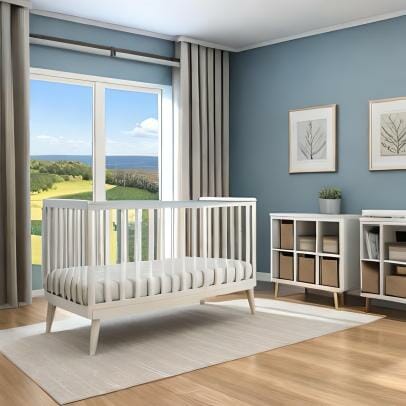
How to Choosing the Perfect Crib for Your Little One
Choosing the right mattress for your crib is necessary for your child’s comfort and safety. Here’s what you need to know:
Importance of choosing the right mattress A quality mattress can help your baby sleep better and reduce the risk of suffocation and Sudden baby Death Syndrome (SIDS).
Types of mattress fillings: Some common types of mattress fillings include foam, innerspring, and organic. Organic materials be likely to be more costly but may be a good option.
Normal mattress size The normal size for a crib mattress is 52 inches by 28 inches, but it’s important to measure your crib and choose a mattress that fits snuggly.
Mattress safety policy Look for mattresses that comply with CPSC safety standards and are free from harmful chemicals like light-up retardants, and guide,
Mattress maintenance Make sure to regularly clean your baby’s mattress and replace it if it becomes broken or damaged.
FAQ
What type of mattress is best for a crib?
The best type of mattress for a crib is a firm and snug-fitting one. Look for mattresses specifically designed for cribs, preferably made of materials like foam or innerspring. Ensure that the mattress meets safety standards and fits perfectly inside the crib without gaps.
What safety standards should I look for in a crib?
When choosing a crib, make sure it meets the safety standards set by regulatory organizations such as the Consumer Product Safety Commission (CPSC) or the Juvenile Products Manufacturers Association (JPMA). Look for features like sturdy construction, fixed side rails, appropriate spacing between slats, and no harmful materials such as lead-based paint.
How do I know if a crib is sturdy?
To determine if a crib is sturdy, give it a gentle shake to check for stability. The crib should not wobble or feel unstable. Additionally, examine the construction and materials used. High-quality cribs often have reinforced corners, solid wood or metal frames, and secure hardware.
What is the average cost of a crib?
The cost of cribs can vary depending on the brand, features, and materials. On average, a crib can range from around $100 to $500 or more. However, it’s important to prioritize safety and quality over price when selecting a crib for your baby.
